Day 1 Lima International Airport arrival
Day 2 Lima (city tour) - Cusco (by flight, fare included) - Sacred Valley (639 km)
Day 3 Sacred Valley - Maras - Moray - Aguas Calientes (193 km)
Day 4 Aguas Calientes - Machu Picchu - Aguas Calientes - Sacred Valley - Cusco (254 km)
Day 5 Cusco
Day 6 Vinicunca (Rainbow Mountain) English guided tour or Awanacancha and Pisac Chinese guided tour
Day 7 Cusco - Andahuaylillas - Raqchi - Pucara - Puno (340 km)
Day 8 Puno - Lake Titicaca (6471 km)
Day 1:
Lima International Airport arrival
After arrival at the Lima International Airport (LIM), we will be transferred to our hotel for the accommodation.
Day 2:
Lima (city tour) - Cusco (by flight, fare included) - Sacred Valley (639 km)
Breakfast: Included (Hotel Breakfast)|Lunch: Excluded|Dinner: Included (Local Cuisine)
Start the day with breakfast at the hotel, then take a city tour before transfer to the airport to fly to Cusco. Overnight at Sacred Valley hotel.
-
Lima, PERU
Lima, the capital city of Peru, was founded by conquistador Francisco Pizarro in 1535. This city's historic places include the National University of San Marcos, which was established in 1551 and is the oldest university in the Americas.
Plaza de Armas
Also Plaza Mayor, located in the Historic Centre of Lima, it is surrounded by the Government Palace, Cathedral of Lima, Archbishop's Palace of Lima, the Municipal Palace, and the Palace of the Union.
Monastery of San Francisco
Saint Francis Monastery located in Lima, Peru. The church and convent are part of the Historic Centre of Lima, which was added to the UNESCO World Heritage List in 1991. Aside from a church and monastery it also contains a library and catacombs.
Day 3:
Sacred Valley - Maras - Moray - Aguas Calientes (193 km)
Breakfast: Included (Hotel Breakfast)|Lunch: Included (Specialty Cuisine)|Dinner: Excluded
Depart after breakfast at the hotel, heading to Maras, where the salt ponds create a dazzling scene. The thousands of small ponds give work to and help feed many local families. During Inca times, the salt deposits were an important economic center and of great value to the imperial economy. Continue to the archaeological site of Moray, approximately an hour and a half away. As with many Inca ruins, its exact function remains a mystery though the design of ever-wider concentric circular terraces means each level had a different microclimate. After lunch, enjoy the scenic train ride to Aguas Calientes, also known as "Machu Picchu Pueblo", the last stop before entering the most important archaeological site in Peru.
-
Sacred Valley, PERU
The heart of the Inca Empire, the Sacred Valley of the Incas is the region of Peru surrounding the city of Cusco. The valley is full of the ruins of this once-powerful empire, such as Ollantaytambo, Pisac and Tipon.
Maras
Maras is a town in the Sacred Valley of the Incas, 40 kilometers north of Cuzco, in the Cuzco Region of Peru. The town is well known for its nearby salt evaporation ponds, in use since Inca times. The salt-evaporation ponds are up-slope, less than a kilometer west of the town.
Moray
Moray is one of the famous Inca ruins near Cusco. It is composed of three groups of circular terraces (muyus in Quechua) that descend 490 feet (150 meters) from the highest terrace to the lowest. Each muyu has 12 levels of terraces with the largest depression having a diameter of 600-feet. Surrounded by the towering Andes mountains, looking into the depths of these man-made craters will fill you with awe and wonder.
-
Aguas Calientes, PERU
This town sits 20 minutes down the mountain from Machu Picchu. Its name, "hot waters" in English, derives from the presence of numerous thermal springs in the area that make thisvillage a great place to relax after a hike.
Day 4:
Aguas Calientes - Machu Picchu - Aguas Calientes - Sacred Valley - Cusco (254 km)
Breakfast: Included (Hotel Breakfast)|Lunch: Included (Specialty Cuisine)|Dinner: Excluded
Wake up to breakfast at the hotel then take a short bus ride up to Machu Picchu, the architectural and engineering masterpiece that once served as a sanctuary and refuge for the Inca ruler Pachacutec. Machu Picchu, which means "Old Mountain", is a UNESCO-listed World Heritage Site and one of the seven new wonders of the world. Return to Aguas Calientes for a free time and then board the train back to Sacred Valley. After that, back to Cusco for the night.
-
Machu Picchu, PERU
The famous citadel of the Inca sits atop a scraggy mountain peak overlooking the valley that was sacred to those people. These ruins feature many temples and the famous terraced-gardens the Inca developed for agriculture in the Andes.
The current restrictions on visits to Machu Picchu allow a maximum stay of 4 hours in the citadel (2 hours and a half accompanied by a guide). Also NO cameras are allowed.
-
Aguas Calientes, PERU
This town sits 20 minutes down the mountain from Machu Picchu. Its name, "hot waters" in English, derives from the presence of numerous thermal springs in the area that make thisvillage a great place to relax after a hike.
Day 5:
Cusco
Breakfast: Included (Hotel Breakfast)|Lunch: Included (Specialty Cuisine)|Dinner: Excluded
Wake up to breakfast in the hotel, then head to the Cusco hills, where you'll find the fortress of Sacsayhuaman and panoramic views of Cusco. Continue on to enjoy a guided tour of the former capital of the Inca Empire. The tour will visit the imposing cathedral in the Plaza de Armas. After lunch, we will take you back to the hotel to rest. In the afternoon, you can choose to walk to the San Padro market to buy small souvenirs or have a drink or rest at the hotel.
-
Cusco, PERU
This city once served as the capital of the Inca Empire. Many of its most popular sights are the ruins of this once-great people, such as the famous "lost city" of Machu Picchu. Cuzo itself also has many sights.
Sacsayhuaman
Sacsayhuaman is strategically built on a hill overlooking Cuzco and famous for its enormous carved stones, some of them standing over 9m/30ft high and weighing over 350 tons.
Plaza de Armas
Built on the remains of one the Incas' most important gathering spots, this square keeps the spirit of a fallen empire alive.
Cuzco Cathedral
This cathedral, also called the Basilica of the Assumption of the Virgin, was completed in 1654, and is located in the Plaza de Armas. It contains many historically significant objects and relics.
Cristo Blanco
The Cristo Blanco is the most famous monument in the city of Cusco. It is a statue of Jesus Christ that reaches 8 meters in height and raises its arms as a sign of protection at the top of the city. It is located next to the Sacsayhuaman fortress.
Qurikancha
The site where these impressive ruins stand was once the most important temple in the entirety of the Incan Empire. Reports from Spanish explorers of the time describe the temple's ipulence in great detail.
San Pedro Market
This large public market in Cuzco is a bustling bazaar where you can find all sorts of handmade crafts and locally grown foods. Wandering amongst the stalls, you will get a firm sense of the local culture.
Day 6:
Vinicunca (Rainbow Mountain) English guided tour or Awanacancha and Pisac Chinese guided tour
Option 1:
Cusco - Vinicunca (Rainbow Mountain) - Cusco
Breakfast: Included (Hotel Breakfast)|Lunch: Included (Specialty Cuisine)|Dinner: Excluded
You are picked up from the hotel early in the morning, at approximately 4 am and transferred to Cusipata, where the hike begins. The trek is surrounded by beautiful sceneries of the Andes and guarded by the majestic Ausangate Mountain, one of the most important mountains of Cusco, considered a sacred entity since the times of the Incas. Once you reach the viewpoint of the 7-Colour Mountain, appreciate the surroundings from up high. After a few minutes, start descending to Cusipata, where your transfer is waiting for you to return to Cusco. On the way you will stop to savor a lunch. Arrival at the hotel in Cusco at approximately 4 pm. Rest of afternoon at leisure.
Distance: 4 Km. Ascent: 406 meters. Descent: 406 meters. Duration: 3 hours. Language: English.
-
Cusco, PERU
This city once served as the capital of the Inca Empire. Many of its most popular sights are the ruins of this once-great people, such as the famous "lost city" of Machu Picchu. Cuzo itself also has many sights.
Vinicunca
Located in the Andes in Cuzco, Peru, with an altitude of more than 5000 meters. Because the top of the mountain has layers of different dreamlike candy colors, it attracts a large number of tourists.
Option 2:
Cusco - Awanacancha - Pisac - Cusco (16118 km)
Breakfast: Included (Hotel Breakfast)|Lunch: Included (Specialty Cuisine)|Dinner: Excluded
In the morning, we will meet you at the hotel and drive to Awanacancha, a small town less than an hour away from Cusco
To see camels in the Andes Mountains, such as alpacas, llamas, llamas, and alpacas. You can take photos with different types of alpacas in nature
Find the habitat of the alpaca. After that, we will visit another Inca site - Pisac. It is known for its Inca ruins and market.
-
Cusco, PERU
This city once served as the capital of the Inca Empire. Many of its most popular sights are the ruins of this once-great people, such as the famous "lost city" of Machu Picchu. Cuzo itself also has many sights.
Awana Kancha
On the way from Cusco to the Sacred Valley of the Incas, the Awanacancha Weaving Centre offers a demonstration of traditional fabric making, Andean camelid breeding and a shop selling traditional products.
-
Sacred Valley, PERU
The heart of the Inca Empire, the Sacred Valley of the Incas is the region of Peru surrounding the city of Cusco. The valley is full of the ruins of this once-powerful empire, such as Ollantaytambo, Pisac and Tipon.
Pisac Market
Pisac Market is a busy marketplace where fresh produce, meats, and handmade crafts are sold by locals.
Parque Arqueologico de Pisac
The National Archaeological Park of Pisac is made up of groups of archaeological remains, including terraces, aqueducts, roads associated with walls and gates, channeled waterways, cemeteries, bridges, etc. This group covers an area of 4 square kilometers. On this area the ruins are found occupying the hills, they are presented forming groups of complicated disposition, while in others there are constructions isolated from the other groups.
-
Cusco, PERU
This city once served as the capital of the Inca Empire. Many of its most popular sights are the ruins of this once-great people, such as the famous "lost city" of Machu Picchu. Cuzo itself also has many sights.
Day 7:
Cusco - Andahuaylillas - Raqchi - Pucara - Puno (340 km)
Breakfast: Included (Hotel Breakfast)|Lunch: Included (Specialty Cuisine)|Dinner: Excluded
Enjoy a leisurely breakfast at the hotel then transfer to the bus station to start your journey through the impressive landscape of the Andes to Puno. Your first stop of the day is in Andahuaylillas, a town located around 40 kilometres away from Cusco. The main attraction here is the local Church, known as the "Sistine Chapel of America" owing to the high quality of art found inside. Continue the journey to Raqchi, home to the Wiracocha Temple, a striking rectangular structure measuring 30 metres wide and 20 metres high. Lunch will be taken in the town of Sicuani before you head to La Raya, the highest point of the trip between Puno and Cusco, at the dizzying altitude of 4,313 metres above sea level. The next stop is the town of Pucara, the first urban settlement on Lake Titicaca, established between 100 and 300 A.D. Visit some of the monoliths from the town's pre-Inca site at the Pucara Lithic Museum before completing the final leg of the journey to Puno, where a representative will check you into your hotel.
-
Andahuaylillas, PERU
Andahuaylillas, is a small town of mercy mild climate that is surrounded by mountains. Having as one of its main attractions Sistine Church of America.
Sistine Church of America
The San Pedro de Andahuaylillas church is considered the "Sistine Chapel" of America due to the quality of its works of art. Even if its architectural structure is classic of small town churches.
-
Raqchi, PERU
An Inca archaeological site in Peru known as the Temple of Wiracocha, one of its constituents.
Temple of Wiracocha
The Temple of Wiracocha is the most famous construction of the archaeological site of Raqchi in Cusco. Its name is related to the god Huiracocha, creator of the world according to many ancient cultures of the coast and mountains of Peru. It is a temple over 14 meters high, the tallest Inca structure discovered to date.
-
Pucara, PERU
This was the first urban settlement on Lake Titicaca, established between 100 and 300 A.D. It has the same name as the first civilizations who lived in the Altiplano.
Pucara Lithic Museum
Pukara lytic Museum. It houses an impressive collection of stone sculptures and lithic artifacts from the ancient cultures of Pucara.
Day 8:
Puno - Lake Titicaca (6471 km)
Breakfast: Included (Hotel Breakfast)|Lunch: Included (Specialty Cuisine)|Dinner: Excluded
After breakfast at the hotel, travel to the port of Puno where a boat will be waiting to take you to the beautiful Uros Islands. The Uros are an indigenous people of Peru that live on a series of man-made islands, created entirely from the buoyant totora reeds that grow abundantly in the shallows of the lake. The islands are composed of layers of woven totora, which are constantly replenished from the top as they rot from the bottom. The Uros people also use reeds to construct their homes, so cooking is done outdoors to avoid possible fires! After that, return to Puno and transfer to the airport.
-
Lake Titicaca, PERU
In Andean belief, Titicaca is the birthplace of the sun. Set between Peru and Bolivia, itâs the largest lake in South America and the highest navigable body of water in the world. Bright days contrast with bitterly cold nights. Enthralling, deep-blue Lake Titicaca is the unifying, longtime home of highland cultures steeped in the old ways.
Uros Floating Islands
Created by the indigenous Uros people as protection against attacks from the Incas, the Uros Islands are one of the world's most innovative feats of human engineering.
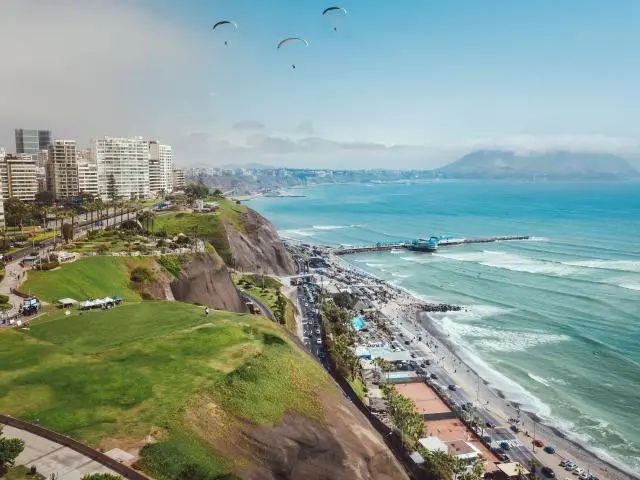
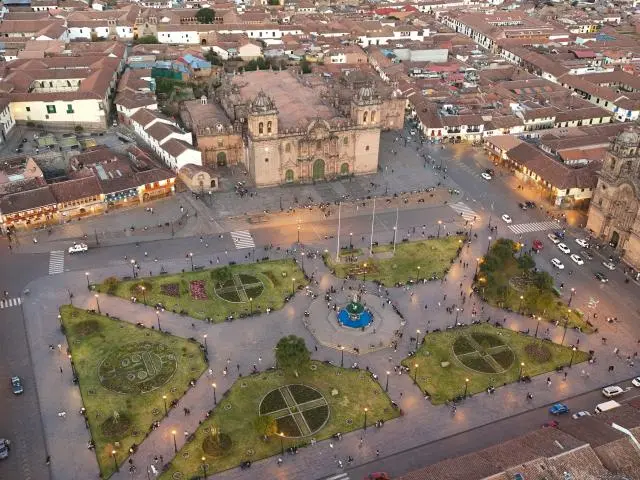
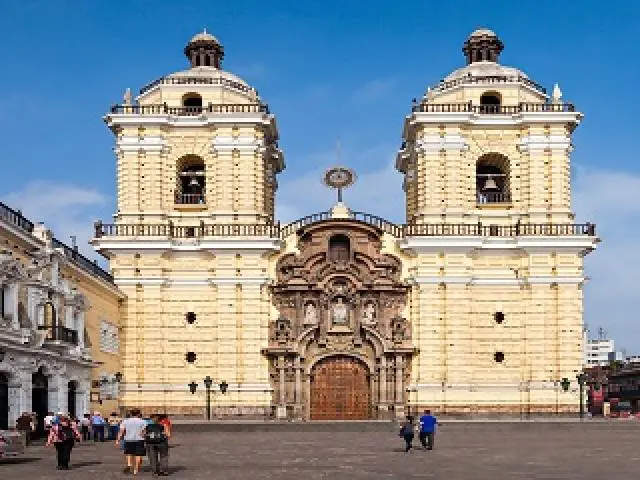
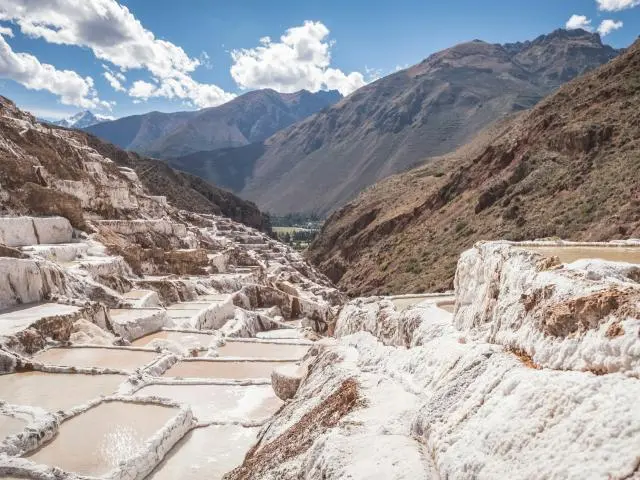
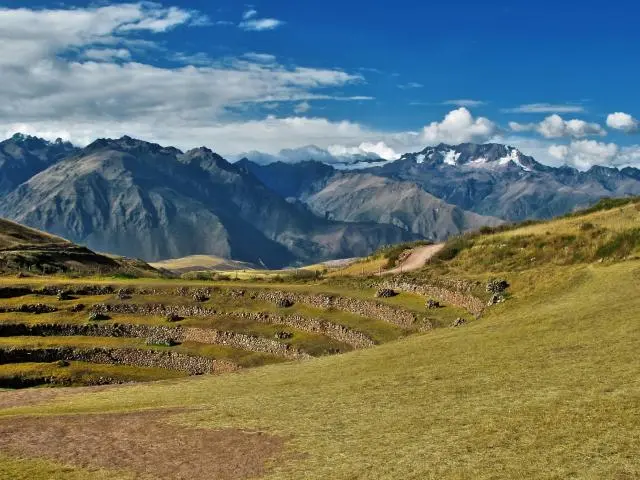

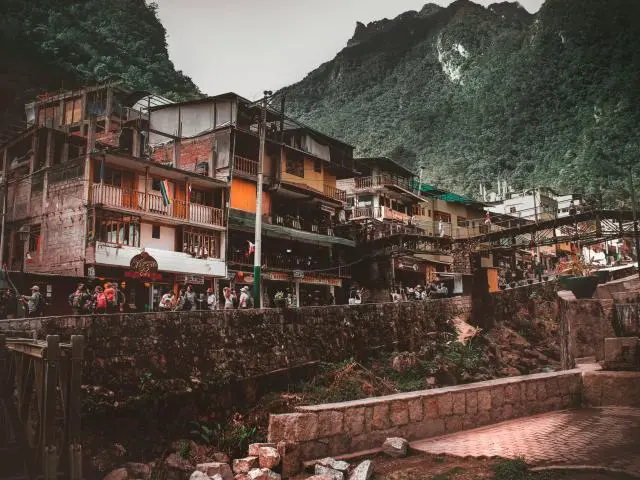



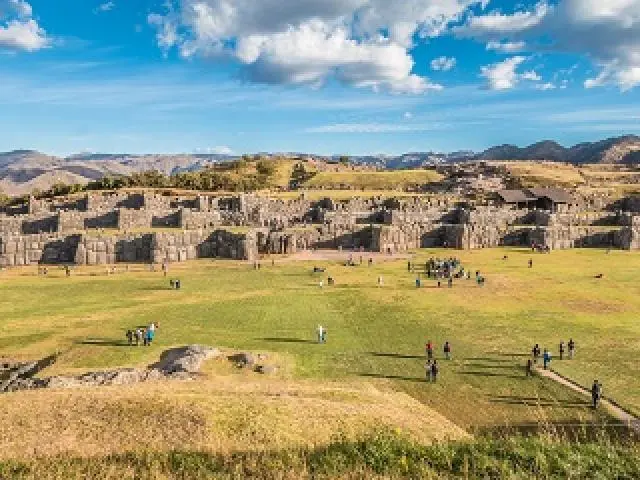
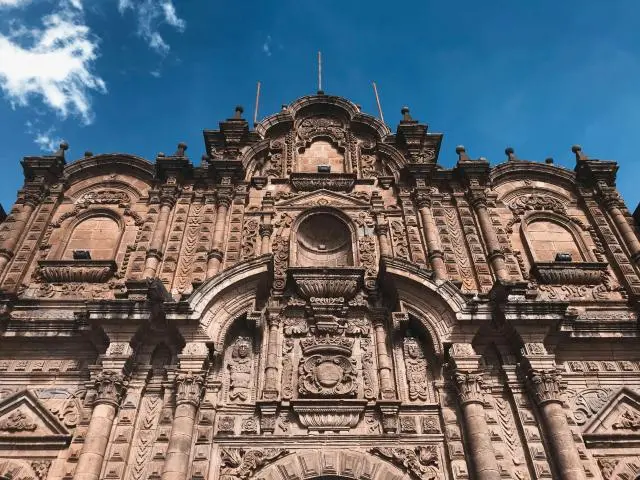
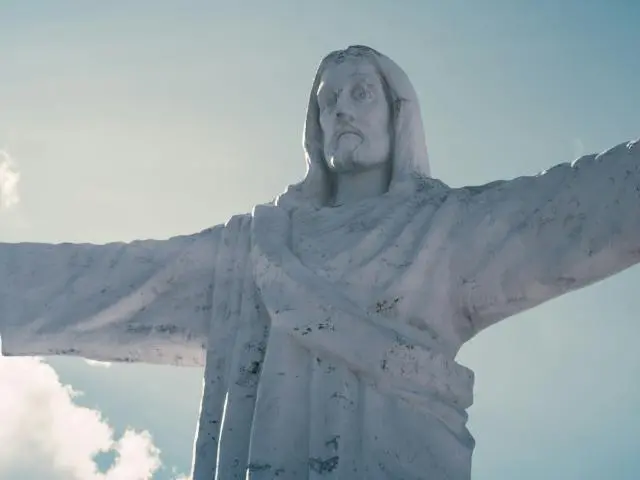
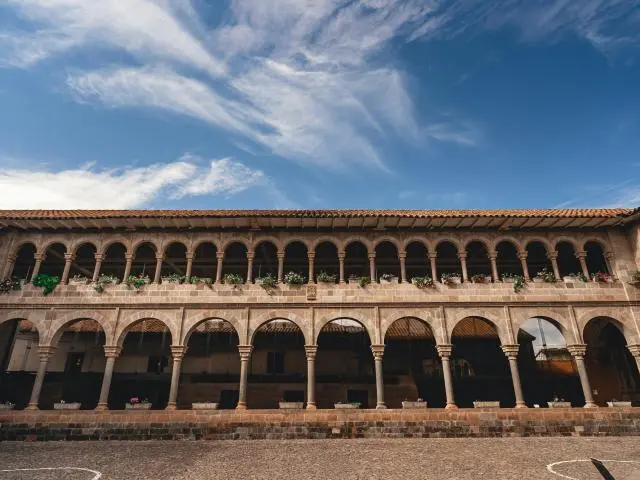
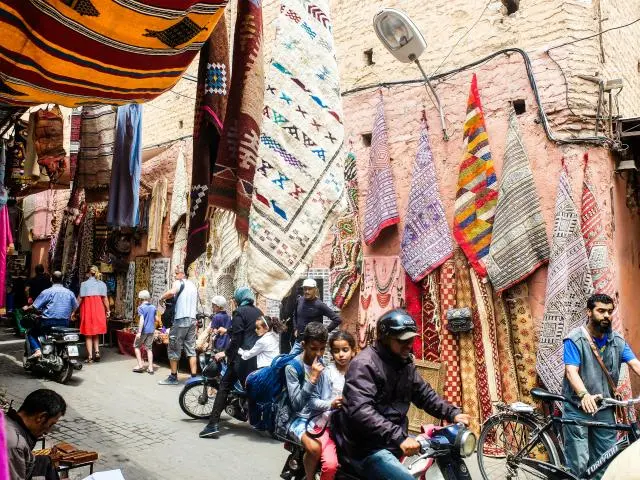

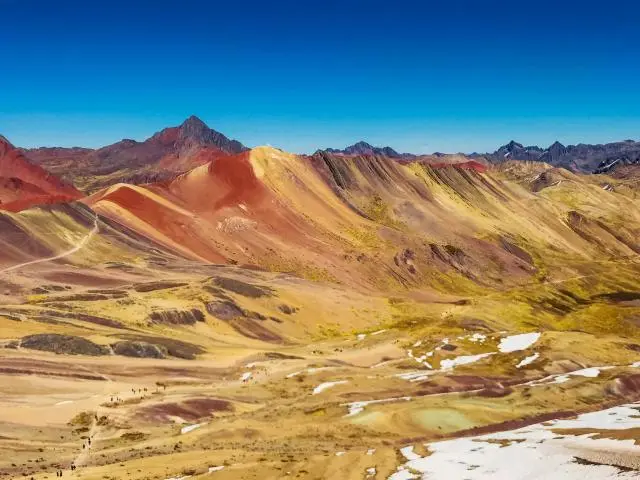



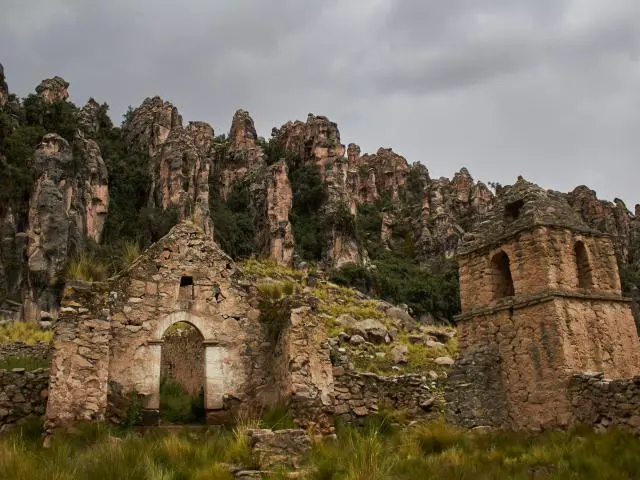
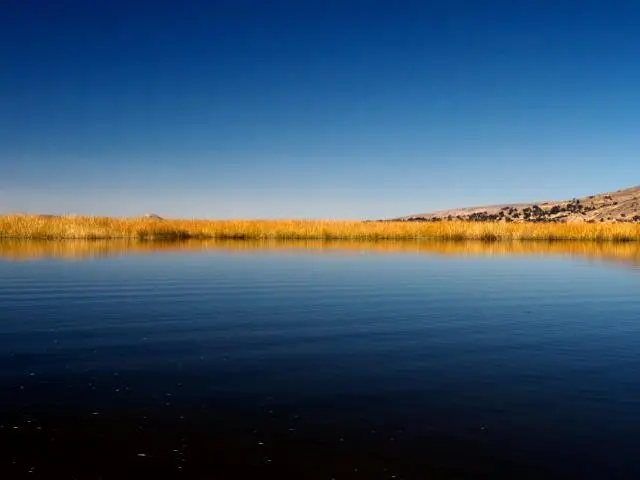
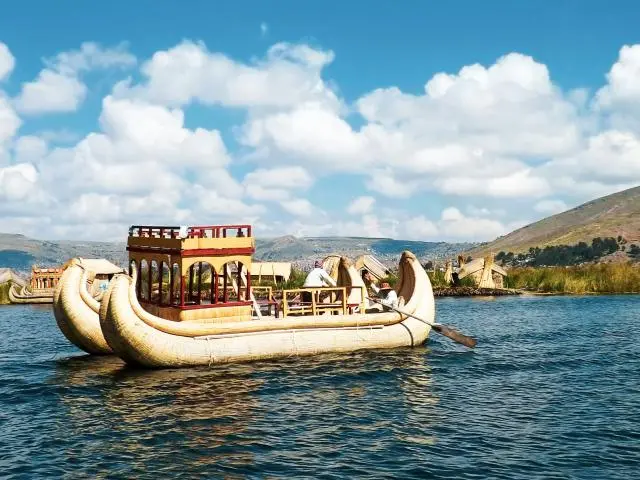
 7-Day Lima, Sacred Valley, Machu Picchu, Cusco Classical Tour ...
7-Day Lima, Sacred Valley, Machu Picchu, Cusco Classical Tour ...
 6-Day Lima, Sacred Valley, Machu Picchu, Vinicunca, Cusco Tour...
6-Day Lima, Sacred Valley, Machu Picchu, Vinicunca, Cusco Tour...
 7-Day Lima, Cusco (including Machu Picchu) and Puno - Andean W...
7-Day Lima, Cusco (including Machu Picchu) and Puno - Andean W...
 7-Day Lima, Cusco, Machu Picchu, Maras and Sacred Valley - Bes...
7-Day Lima, Cusco, Machu Picchu, Maras and Sacred Valley - Bes...
 7-Day Lima, Cusco, Machu Picchu and Vinicunca - Shades of Peru...
7-Day Lima, Cusco, Machu Picchu and Vinicunca - Shades of Peru...